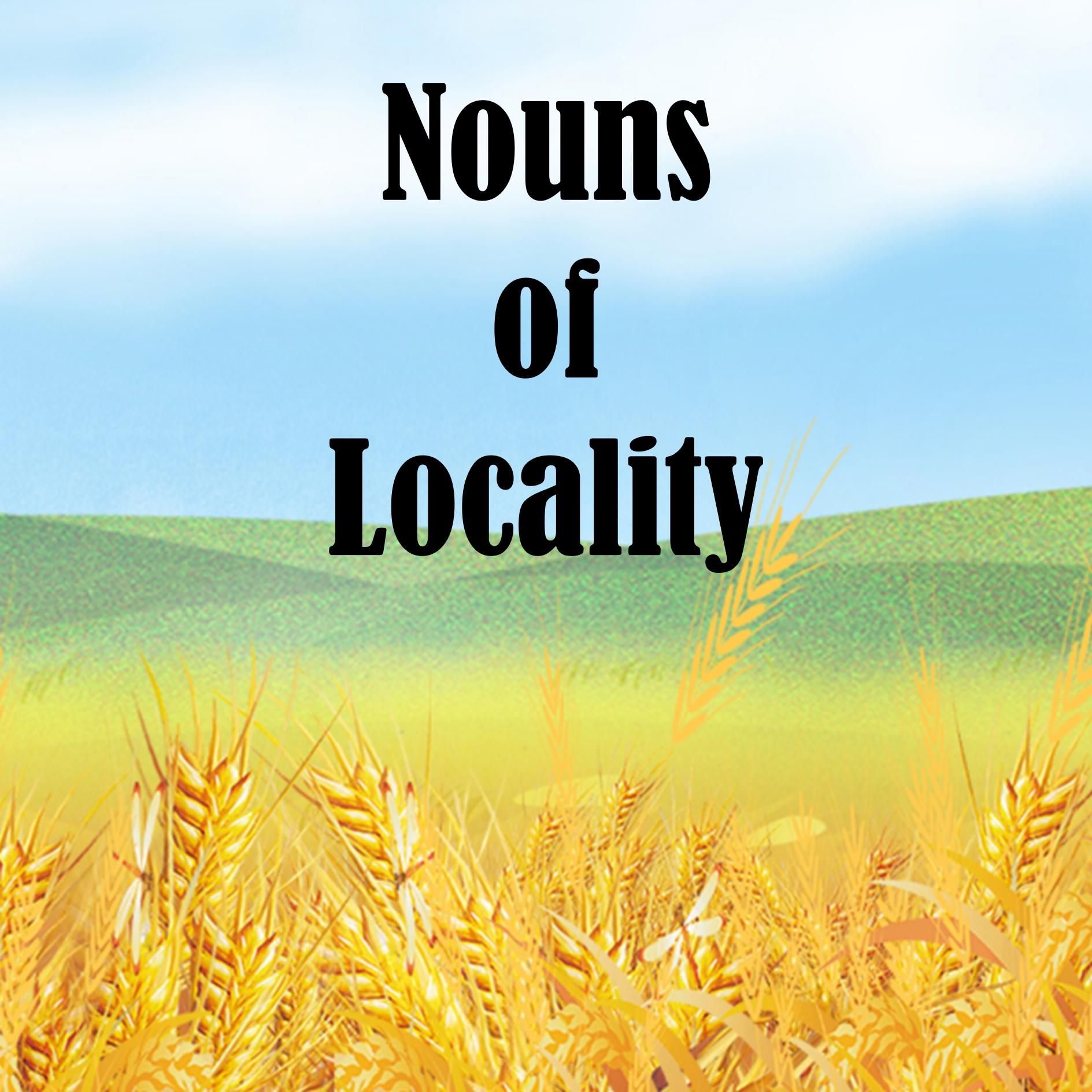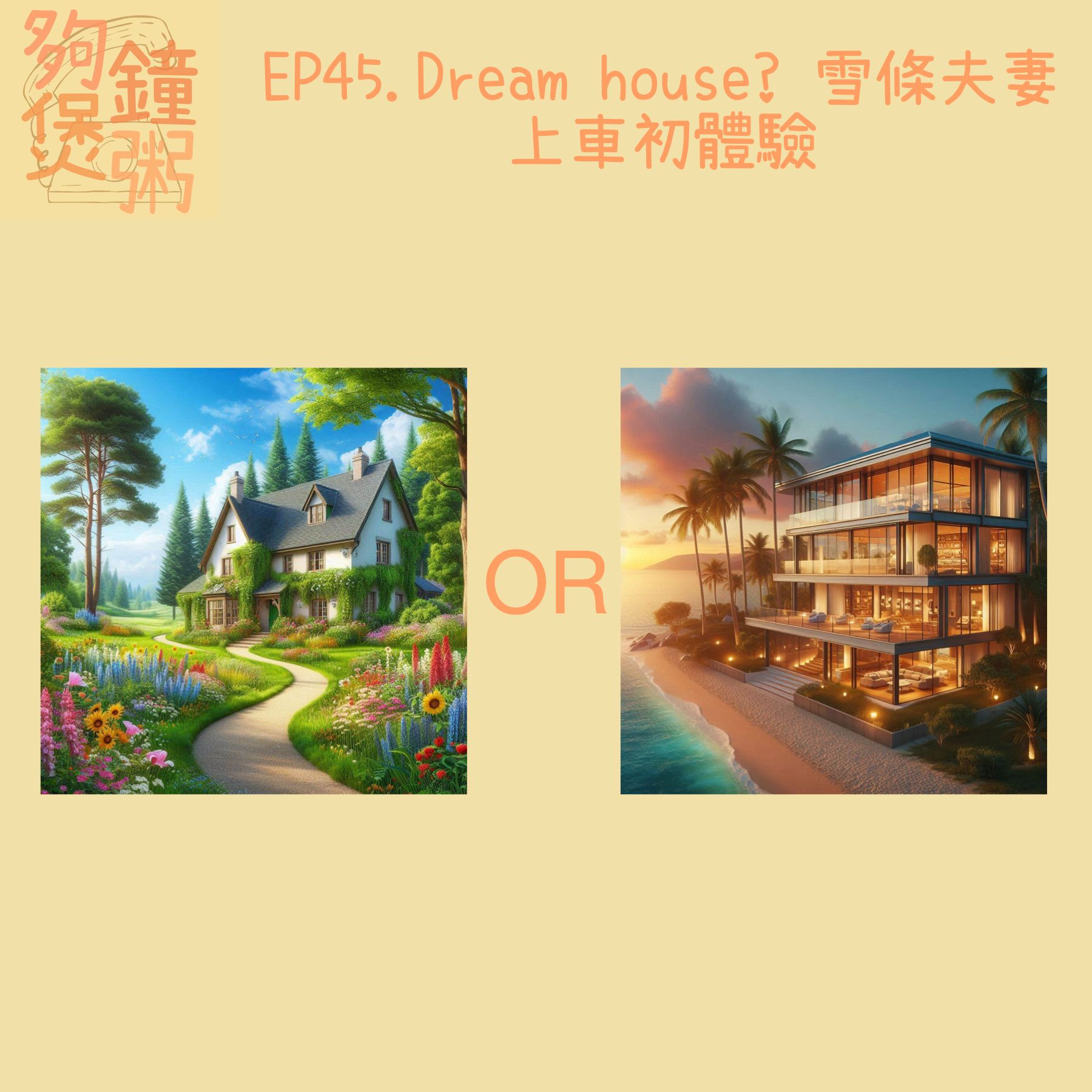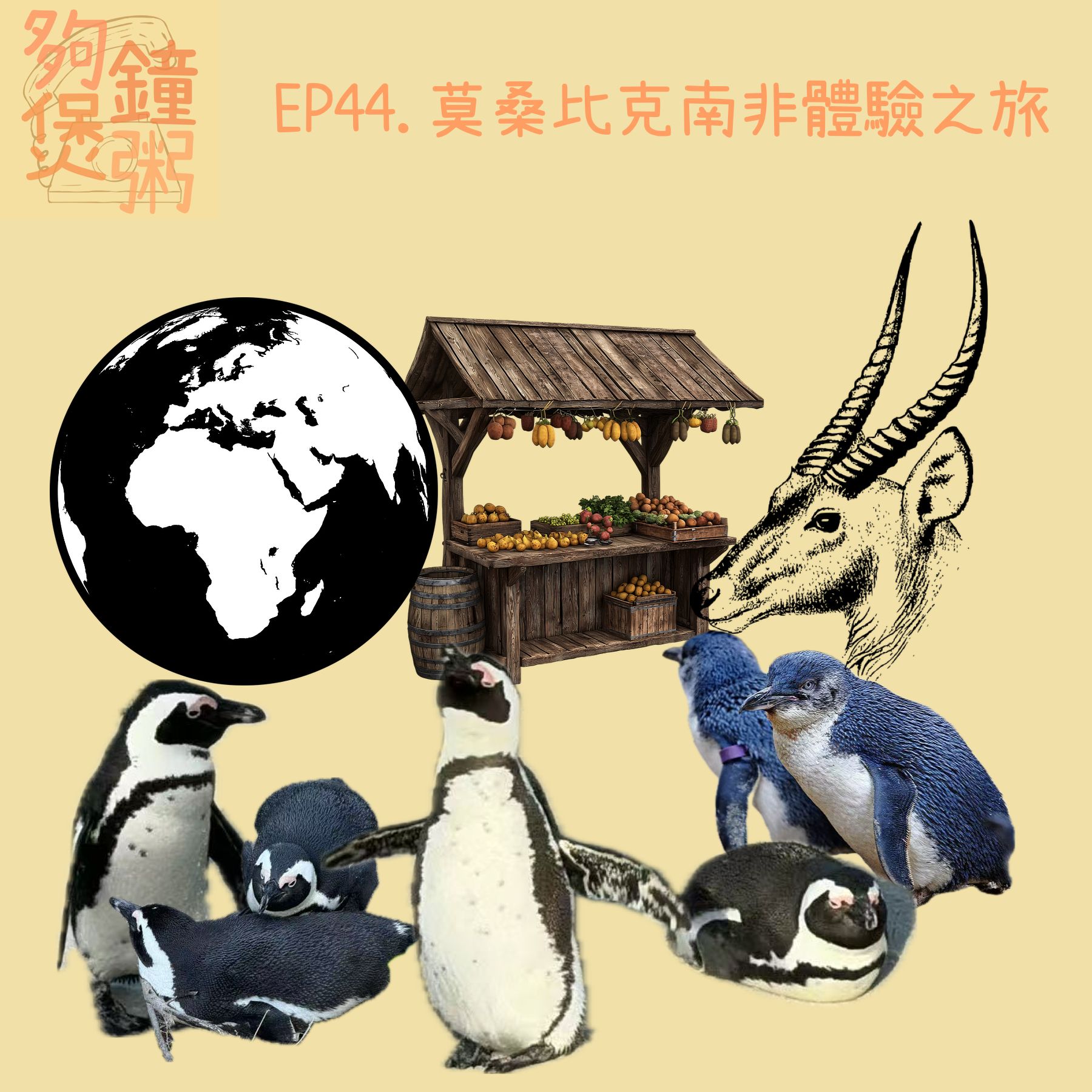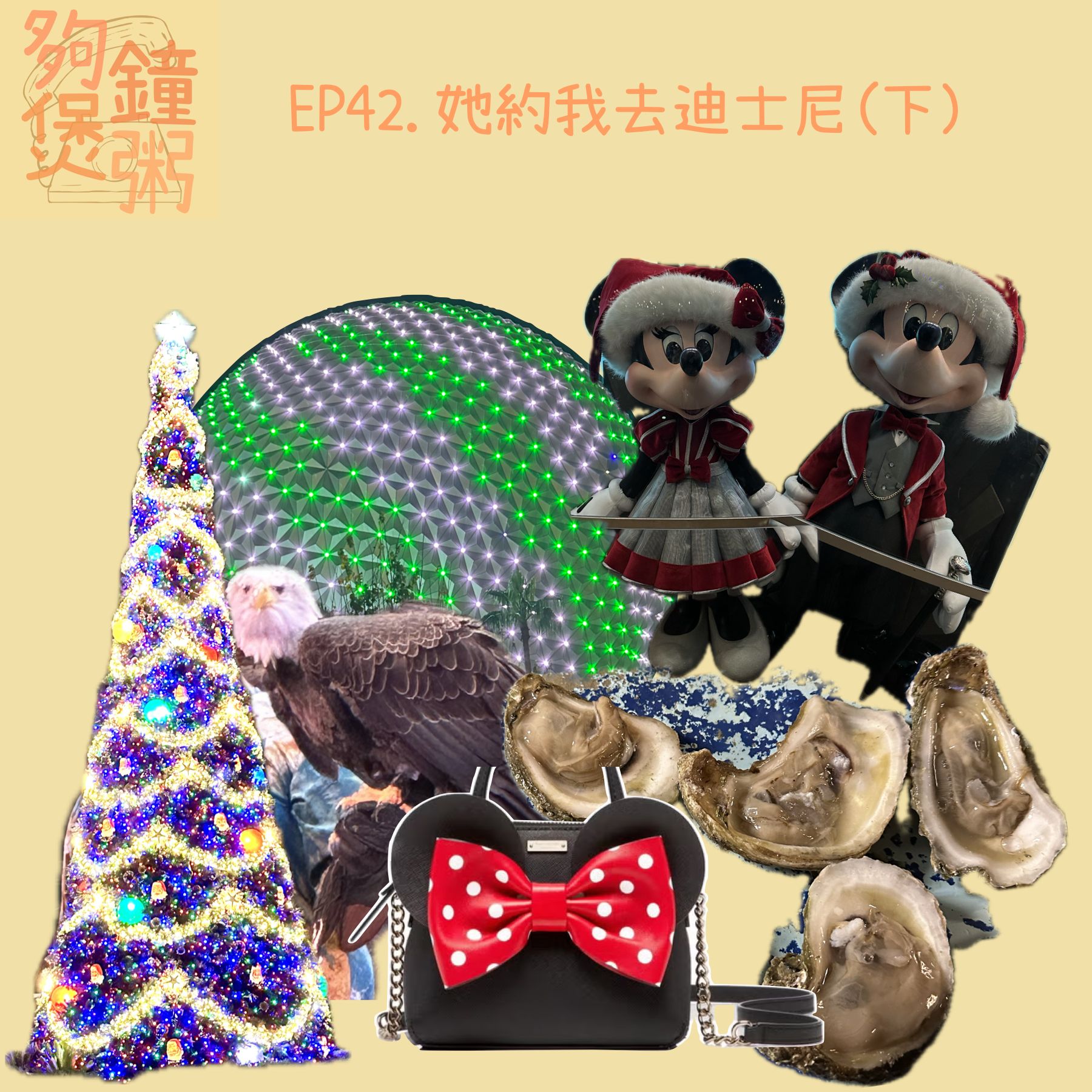
Nouns of locality
Açıklama
东边dōnɡ biɑn(east)、西边xī biɑn(west)、南边 nán biɑn(south)、北边běi biɑn(north)、东北dōnɡ běi (northeast)、西南xī nán(southwest);
里边lǐ biɑn(inside)、外边wài biān(outside)、左边zuǒ biɑn(left)、右边yòu biɑn(right)、上边shànɡ biɑn(above)、下边xià biɑn(below)、旁边pánɡ biān(beside)、对面duì miàn(opposite)
They can be used as a subject, an object, or a modifier. They can also be modified.
For example:
qián biɑn yǒu méi yǒu yì jiā fàn ɡuǎn ?
前 边 有 没 有 一 家 饭 馆 ?
Is there a restaurant in front?
yín hánɡ zài tú shū ɡuǎn dōnɡ biɑn 。
银 行 在 图 书 馆 东 边 。
The bank is on the east of the library.
yòu biɑn de lóu shì yī yuàn 。
右 边 的 楼 是 医 院 。
The building on the right is the hospital.
Note:
北边běi biɑn :has a wider range of application, can be used for short distance and long distance;mainly in oral
北方běi fānɡ : generally only used for long distance; Used in both written and spoken language.
For example:
bàn ɡōnɡ shì de běi biɑn qiánɡ shànɡ ɡuà zhe yì zhānɡ dì tú 。
办 公 室 的 北 边 墙 上 挂 着 一 张 地 图 。
A map hangs on the north wall of the office.
zhōnɡ ɡuó běi fānɡ rén xǐ huɑn chī miàn tiáo , nán fānɡ rén xǐ huɑn chī mǐ fàn 。
中 国 北 方 人 喜 欢 吃 面 条 , 南 方 人 喜 欢 吃 米 饭 。
People in north China like noodles and people in South China like rice.
Yayın Kanalı
JOJO CHINESE
Yazar




